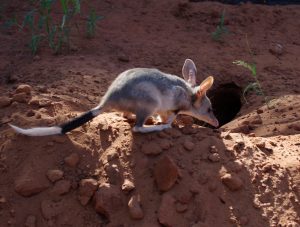
\’A national disgrace\’: Australia\’s extinction crisis is unfolding in plain sight
Global warming wiped out the Bramble Cay melomys – the first mammalian extinction in the world to be caused by climate change – but a straightforward plan that could have rescued the little rodent was thwarted by red tape and political indifference.
“It could have been saved. That’s the most important part,” says John Woinarski, a professor of conservation biology who was on the threatened species scientific committee that approved a 2008 national recovery plan for the species, endemic to a tiny island in the Torres Strait.
The fate of the melomys is symptomatic of the failures in Australia’s management of threatened species, which has seen the country lose more than 50 animal and 60 plant species in the past 200 years and record the highest rate of mammalian extinction in the world over that period.
The mammal at the centre of this story was an uncharismatic rodent in a remote part of the country. The key factor for the species’ extinction was almost certainly ocean inundation of the low-lying cay, but recovery efforts were insufficient and hampered by disagreement within government agencies over approaches – in this case captive breeding. And while it was clear urgent action should be taken – and that action was likely to be successful, straightforward and inexpensive – the plan was implemented too late. While the researchers hypothesised the melomys or a close relative might occur in Papua New Guinea, Australia’s only mammal endemic to the Great Barrier Reef has been declared extinct.
In the past decade alone, the country has lost two mammal species – the Christmas Island pipistrelle as well as the Bramble Cay melomys – and one reptile, the Christmas Island forest skink.
